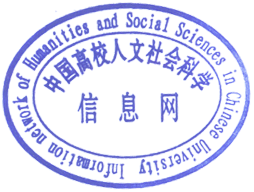《红山碎叶》与新疆曲子戏的起源
作者:任子田
关 键 词 :新疆曲子戏;起源;红山碎叶;清代学科分类:
摘要/Abstract
考察黄濬《红山碎叶》一书,可知新疆曲子戏至迟在清代道光年间便已基本形成。这时的新疆曲子戏还停留在曲艺阶段,多采用坐唱的形式在妓院、饭馆中演出,因此称之为“新疆曲子”或“小曲子”更为贴切。新疆小曲子具有易学易唱的特点,便于在群众之间广泛传播,据此可以判定它在新疆的传承并未因战争而中断。光绪以降,大量新的移民文化因素不断涌入新疆,推动新疆小曲子发生了由曲向戏的转变,并促使其不断发展为今日的形态。
A review of Huang Jun's book 'Hong Shan Sui Ye' shows that Xinjiang Quzi Opera had basically taken shape during the Daoguang period of the Qing Dynasty at the latest. At that time, Xinjiang Quzi Opera was called Chinese folk art forms, and it was mostly performed in brothels and restaurants in the form of seated singing. Therefore, it is more appropriate to call it 'Xinjiang Quzi' or 'Xiao Quzi'. Xinjiang Xiao Quzi is easy to learn and spread in the folk. Based on this, it can be judged that its inheritance in Xinjiang has not been interrupted by the war. Since the Guangxu period, a large number of new immigrant cultural factors have continuously poured into Xinjiang, which has promoted the transformation of Xinjiang Xiao Quzi from tune to opera, and has promoted its continuous development into its present form.

